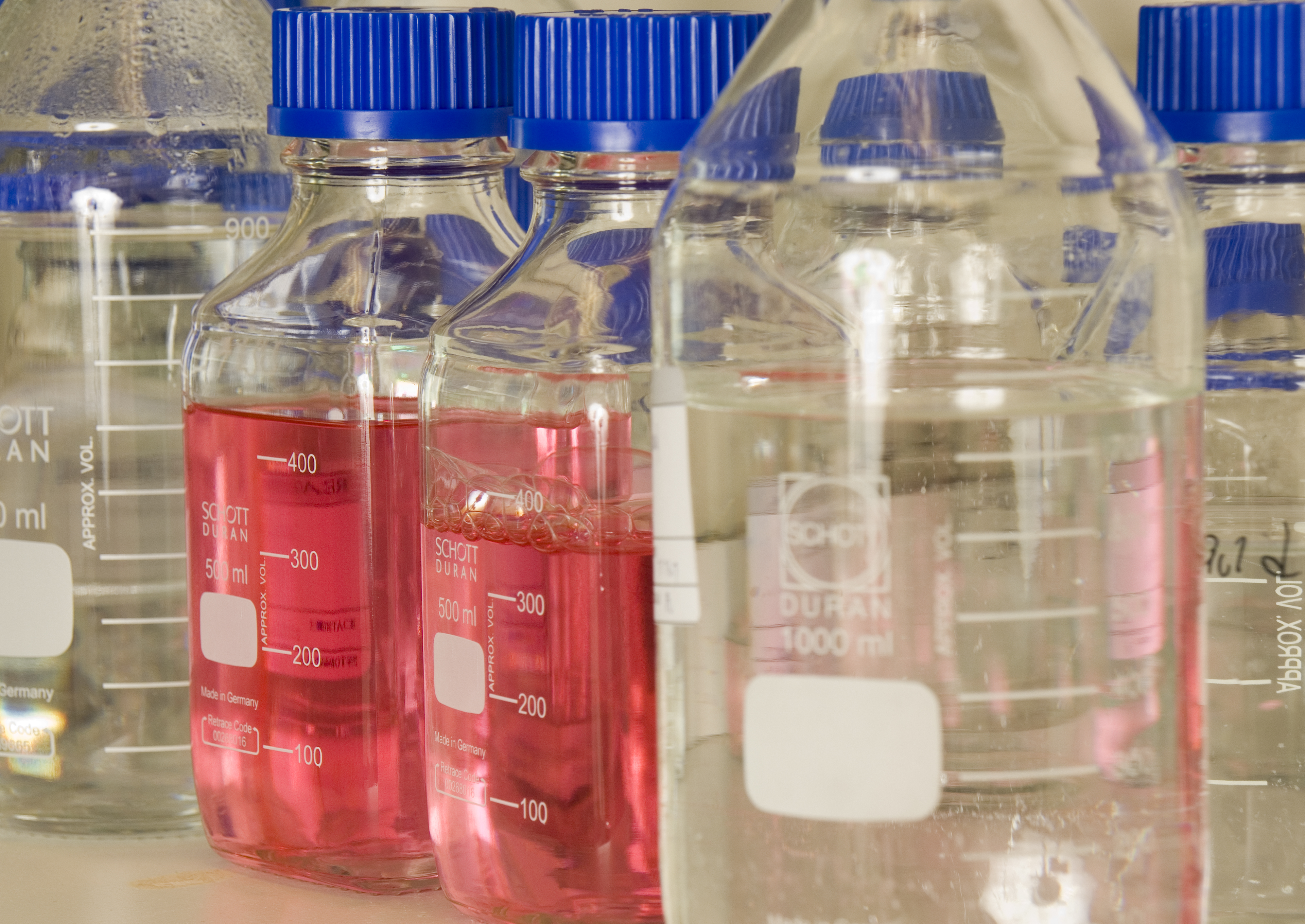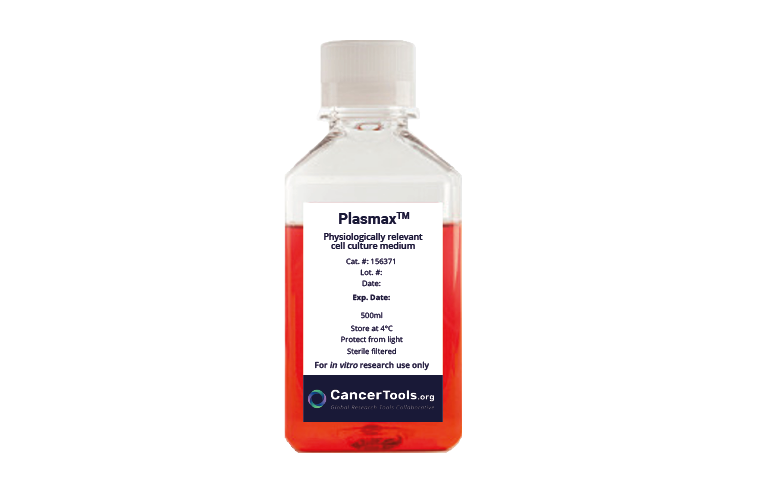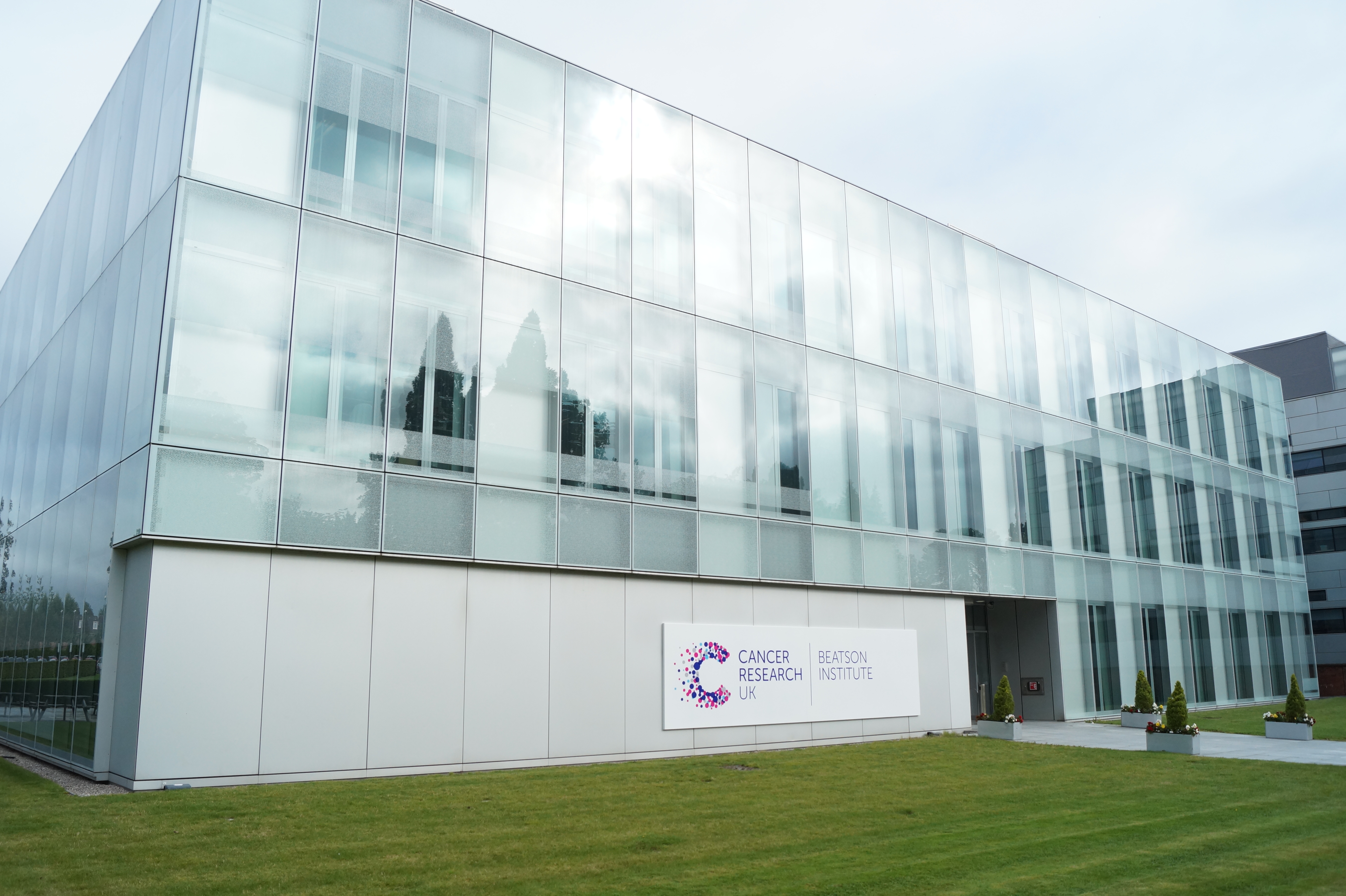


It is critical for biomedical research to renew and refine models to improve their relevance to human physiology – which is exactly what the development of PlasmaxTM helps to execute.
PlasmaxTM has been successfully validated across primary cells of different tissue, species, and experimental conditions (see Table 1), and is suitable for both primary and established cell lines. Additional cell lines are successfully cultured using PlasmaxTM regularly, which makes Table 1 a running list of validated cell lines. PlasmaxTM is anticipated to work across a broad range of cancer cell culture models.
Using a physiological relevant medium significantly impacts the results obtained from common cellular assays, including colony formation and gene expression. This has the potential to improve results for cancer cell biology experiments associated with drug discovery and in vitro cancer models.
Table 1: A selected list of cultured cell lines successfully validated for growth and viability in PlasmaxTM under standard conditions
| Cell lines grown in Plasmax TM | Tissue of origin | Cell line status | Species |
| HepG2 | Liver Cancer | Established line | Human |
| HuH7 | Liver Cancer | Established line | Human |
| HuH6 | Liver Cancer | Established line | Human |
| BT549 | Breast Cancer | Established line | Human |
| MDA-MB-468 | Breast Cancer | Established line | Human |
| Cal120 | Breast Cancer | Established line | Human |
| A375 | Melanoma | Established line | Human |
| Colo829 | Melanoma | Established line | Human |
| LN18 | Brain Cancer | Established line | Human |
| Naive glioblastoma cell line | Brain Cancer | Low passage lines | Human |
| Dermal fibroblasts | Epidermis | Primary | Human |
| Small intestine organoid | Small intestine | Primary | Mouse |
| Mammospheres | Mammary gland | Primary | Mouse |
| Mesenchimal stromal cell line | Bone marrow | Primary | Human |
| Embryonic stem cell line | Embryo | Primary | Human |
| Trophoblast stem cell line | Placenta | Primary | Human |
| A549 | Lung cancer | Established line | Human |
| HCT116 | Colon Cancer | Established line | Human |
| SaOS2 | Bone tumour | Established line | Human |
| HT1080 | Fibrosarcoma | Established line | Human |
Choosing an appropriate cell culture medium is a crucial step in in vitro cell biology research and finding the correct one for your cell type and experiment can be challenging. Such was experienced by Sunada Khadka, a PhD Candidate at MD Anderson, during her research on anaplerosis in glioma cells.
While using a traditional medium, Sunada’s initial results obtained in vitro were not reproduced in her in vivo experiments. This inconsistency in data led to a return to in vitro experimental conditions and a closer examination of the cell culture media used. PlasmaxTM was selected as a cell culture media that better reflected the in vivo nutrient profile. By comparing in vitro results from PlasmaxTM to DMEM, Sunada was able to understand the discrepancy, illuminating the importance of triaging cell culture media with physiologically relevant media like PlasmaxTM in order to better recapitulate the in vivo environment.

"The clear cut differences between experiments performed with PlasmaxTM vs commercial media available at the time become obvious once you realise, they aren’t physiologically relevant”
– Dr. Tardito
“To my knowledge at least 4 labs are trying to re-create PlasmaxTM…it is like following a very complex cake recipe… which takes weeks, and isn’t going to guarantee you always get the same medium."
– Dr. Tardito
.png)
In the future, whatever metabolism related work I do, I'll make sure to compare DMEM to PlasmaxTM to ensure that the nutrient profile is not effecting the certain phenotype that I’m seeing."
“Using physiologically relevant media is a time saver and will make you more confident in your data.”
Optimising the relevant components in culture media and defining their physiological concentrations at scale, can be a challenging process. Having PlasmaxTM in a pre-prepared liquid form saves time, effort, initial investment of sourcing, and spares the process of optimising 80+ components to get their proportions accurate.
PlasmaxTM unique formula, maintains its effectiveness throughout its shelf life with no effect on cell growth from being aged. It is compatible across different cell types and is greatly beneficial to any cancer researcher interested in the study of cancer cell biology, in vitro cancer models and cell based assays.
PlasmaxTM is already being repeatedly purchased by various cancer researchers across different academic institutes worldwide.
Meet your research needs simply and accessibly:
About CancerTools.org
CancerTools.org, the research tools arm of Cancer Research UK, is a non-profit, global community of cancer researchers, academic institutes and societies, with a shared mission to accelerate cancer research discoveries. In this collaborative, researchers contribute research tools and share knowledge to deepen our understanding of cancer, and drive innovation within cancer research.
About Dr. Saverio Tardito
Dr. Saverio Tardito is the group leader for the oncometabolism research group at the CRUK Glasgow Beatson Institute and senior lecturer for the School of Cancer Sciences at the University of Glasgow.
About Cancer Research UK Glasgow: The Beatson Institute
One of Cancer Research UK’s core-funded institutes, The Beatson Institute have built an excellent reputation for basic cancer research, including world-class metabolism studies and renowned in vivo modelling of tumour growth and metastasis. Learn more at: https://www.beatson.gla.ac.uk/About/about-beatson.html
CancerTools.org is the research tools arm of Cancer Research UK, a registered charity in England and Wales (1089464), Scotland (SCO41666), the Isle of Man (1103) and Jersey (247).